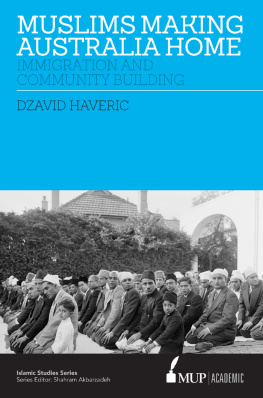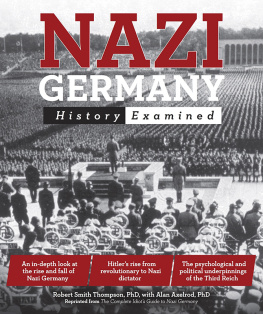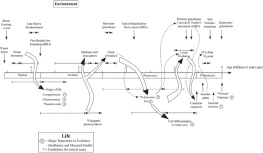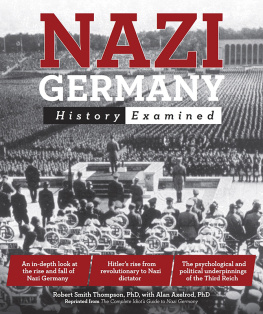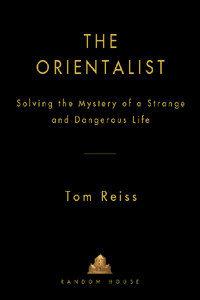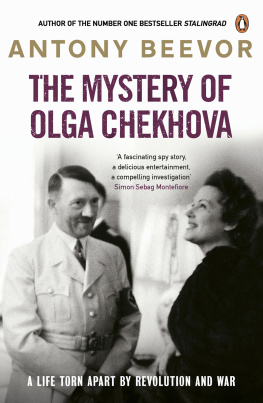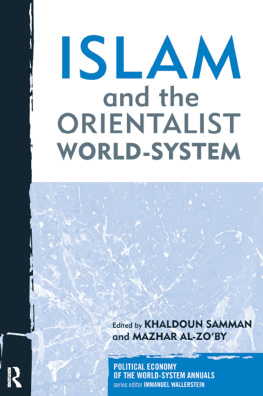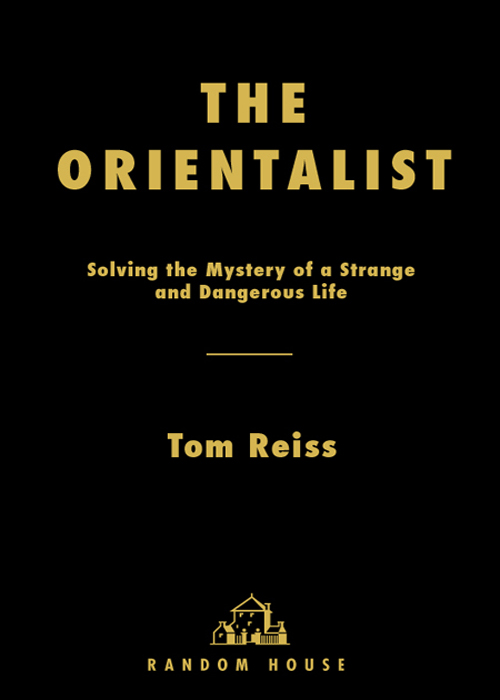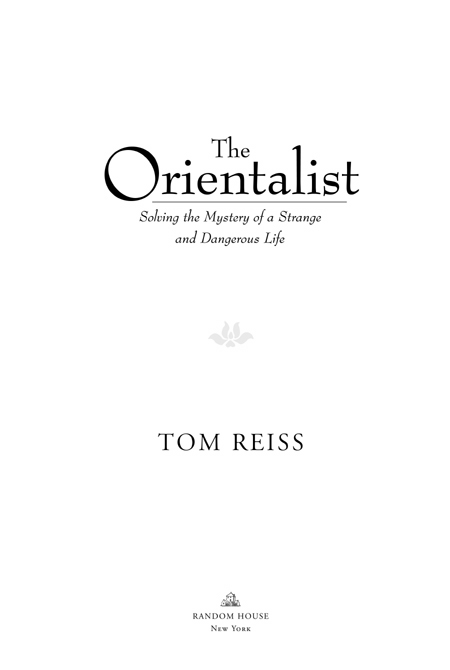Tom Reiss - The Orientalist: Solving the Mystery of a Strange and Dangerous Life
Here you can read online Tom Reiss - The Orientalist: Solving the Mystery of a Strange and Dangerous Life full text of the book (entire story) in english for free. Download pdf and epub, get meaning, cover and reviews about this ebook. year: 2005, publisher: Random House, genre: Detective and thriller. Description of the work, (preface) as well as reviews are available. Best literature library LitArk.com created for fans of good reading and offers a wide selection of genres:
Romance novel
Science fiction
Adventure
Detective
Science
History
Home and family
Prose
Art
Politics
Computer
Non-fiction
Religion
Business
Children
Humor
Choose a favorite category and find really read worthwhile books. Enjoy immersion in the world of imagination, feel the emotions of the characters or learn something new for yourself, make an fascinating discovery.

- Book:The Orientalist: Solving the Mystery of a Strange and Dangerous Life
- Author:
- Publisher:Random House
- Genre:
- Year:2005
- Rating:3 / 5
- Favourites:Add to favourites
- Your mark:
The Orientalist: Solving the Mystery of a Strange and Dangerous Life: summary, description and annotation
We offer to read an annotation, description, summary or preface (depends on what the author of the book "The Orientalist: Solving the Mystery of a Strange and Dangerous Life" wrote himself). If you haven't found the necessary information about the book — write in the comments, we will try to find it.
Born in 1905 to a wealthy family in the oil-boom city of Baku, at the edge of the czarist empire, Lev escaped the Russian Revolution in a camel caravan. He found refuge in Germany, where, writing under the names Essad Bey and Kurban Said, his remarkable books about Islam, desert adventures, and global revolution, became celebrated across fascist Europe. His enduring masterpiece, Ali and Ninoa story of love across ethnic and religious boundaries, published on the eve of the Holocaustis still in print today.
But Levs life grew wilder than his wildest stories. He married an international heiress who had no idea of his true identityuntil she divorced him in a tabloid scandal. His closest friend in New York, George Sylvester Viereckalso a friend of both Freuds and Einsteinswas arrested as the leading Nazi agent in the United States. Lev was invited to be Mussolinis official biographeruntil the Fascists discovered his true identity. Under house arrest in the Amalfi cliff town of Positano, Lev wrote his last bookdiscovered in a half a dozen notebooks never before read by anyonehelped by a mysterious half-German salon hostess, an Algerian weapons-smuggler, and the poet Ezra Pound.
Tom Reiss spent five years tracking down secret police records, love letters, diaries, and the deathbed notebooks. Beginning with a yearlong investigation for The New Yorker, he pursued Levs story across ten countries and found himself caught up in encounters as dramatic and surreal, and sometimes as heartbreaking, as his subjects life. Reisss quest for the truth buffets him from one weird character to the next: from the last heir of the Ottoman throne to a rock opera-composing baroness in an Austrian castle, to an aging starlet in a Hollywood bungalow full of cats and turtles.
As he tracks down the pieces of Lev Nussimbaums deliberately obscured life, Reiss discovers a series of shadowy worldsof European pan-Islamists, nihilist assassins, anti-Nazi book smugglers, Baku oil barons, Jewish Orientaliststhat have also been forgotten. The result is a thoroughly unexpected picture of the twentieth centuryof the origins of our ideas about race and religious self-definition, and of the roots of modern fanaticism and terrorism. Written with grace and infused with wonder, The Orientalist is an astonishing book.
Tom Reiss: author's other books
Who wrote The Orientalist: Solving the Mystery of a Strange and Dangerous Life? Find out the surname, the name of the author of the book and a list of all author's works by series.

